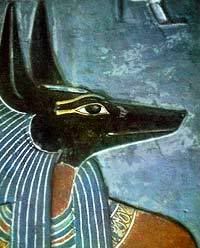 "Most people remember their first kiss. Doctors remember their first cadaver. For Bruce Giffin, it was a 60-something man named Charlie. Good muscle tone. No pesky pathology. “And just the right amount of body fat,” Giffin said.
"Most people remember their first kiss. Doctors remember their first cadaver. For Bruce Giffin, it was a 60-something man named Charlie. Good muscle tone. No pesky pathology. “And just the right amount of body fat,” Giffin said.All in all, Giffin said, Charlie was an ideal cadaver for a young medical student learning the intricacies of human anatomy. Giffin, a professor of medicine at the University of Cincinnati, directs the College of Medicine’s body donation program. He’s also planning to be a donor himself.
Every year, the university receives 350 to 360 bodies donated for use in their medical education programs. Other medical schools are eliminating cadaver dissection programs because of cost and other concerns, but UC’s body donation program is one of the strongest in the nation.
The concept is macabre – volunteers donating their bodies to be cut up in anatomy classes – but what students learn from working with their first real cadaver is invaluable.
The concept is macabre – volunteers donating their bodies to be cut up in anatomy classes – but what students learn from working with their first real cadaver is invaluable.
Most will be dissected in gross anatomy classes, said Gina Burg, coordinator of the donation program. Others will be used to help doctors perfect surgical techniques.
It’s a morbid concept, and there are endless possibilities for gruesome jokes. But, experts say, men and women like Charlie provide an invaluable educational resource for medical students as they learn how the body works.
The dissection process is an unparalleled chance for exploration: Learning the layers of skin, fat and muscle, the intricate connections between muscles, ligaments and bones, the endless tangles of blood vessels and nerves. Anatomy texts give medical students a general idea of what to expect, but no two bodies are alike, Giffin said. . . " { Enquirer Continue reading } (source)






No comments:
Post a Comment